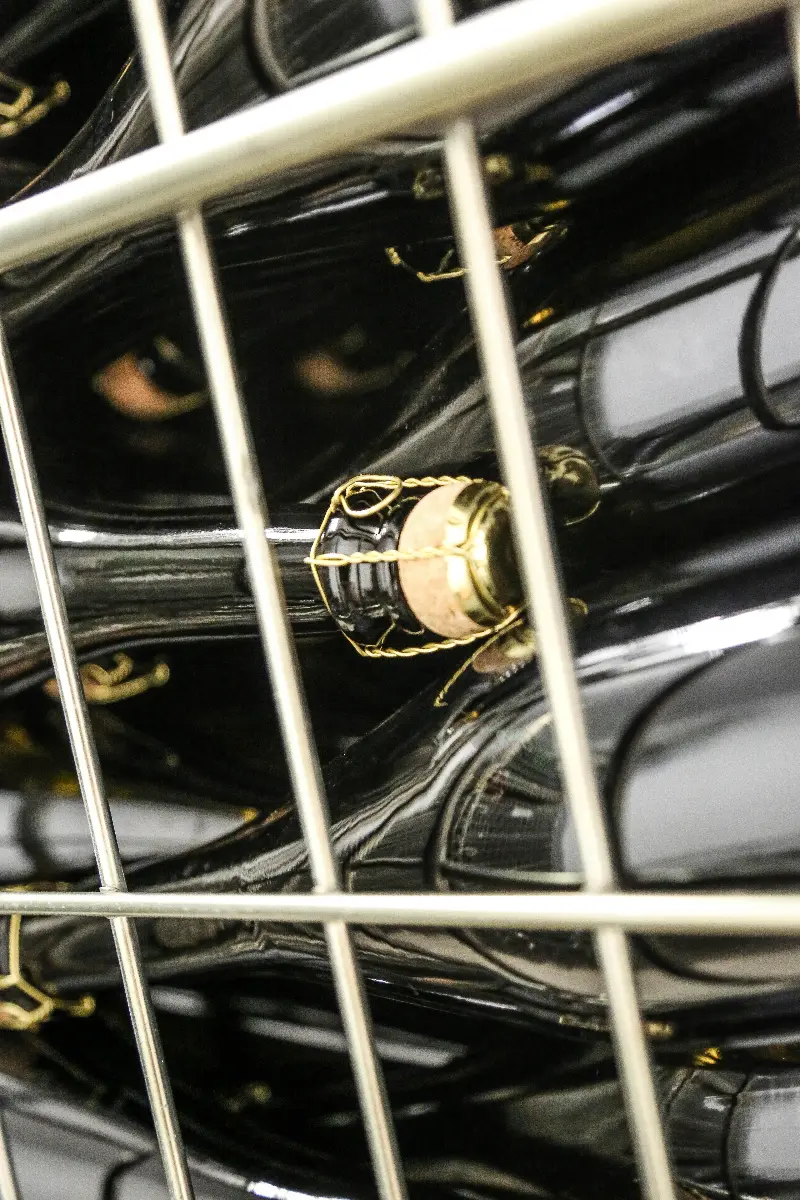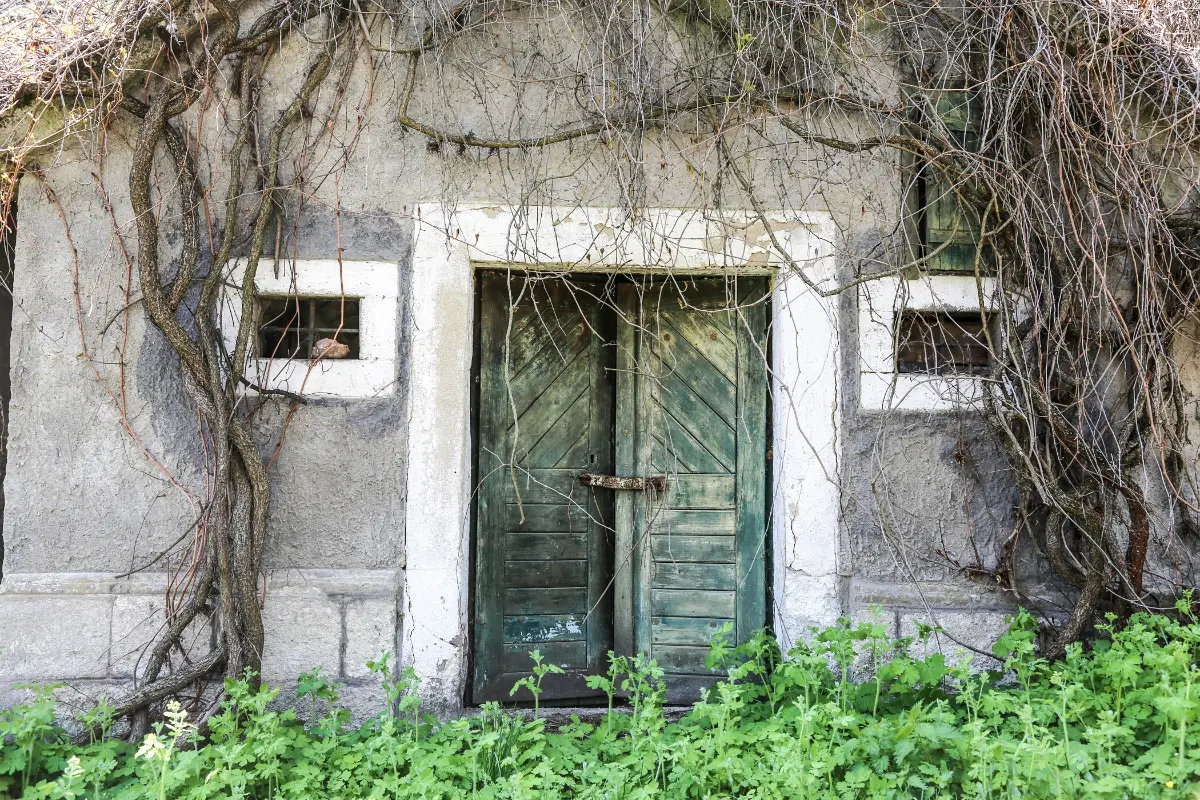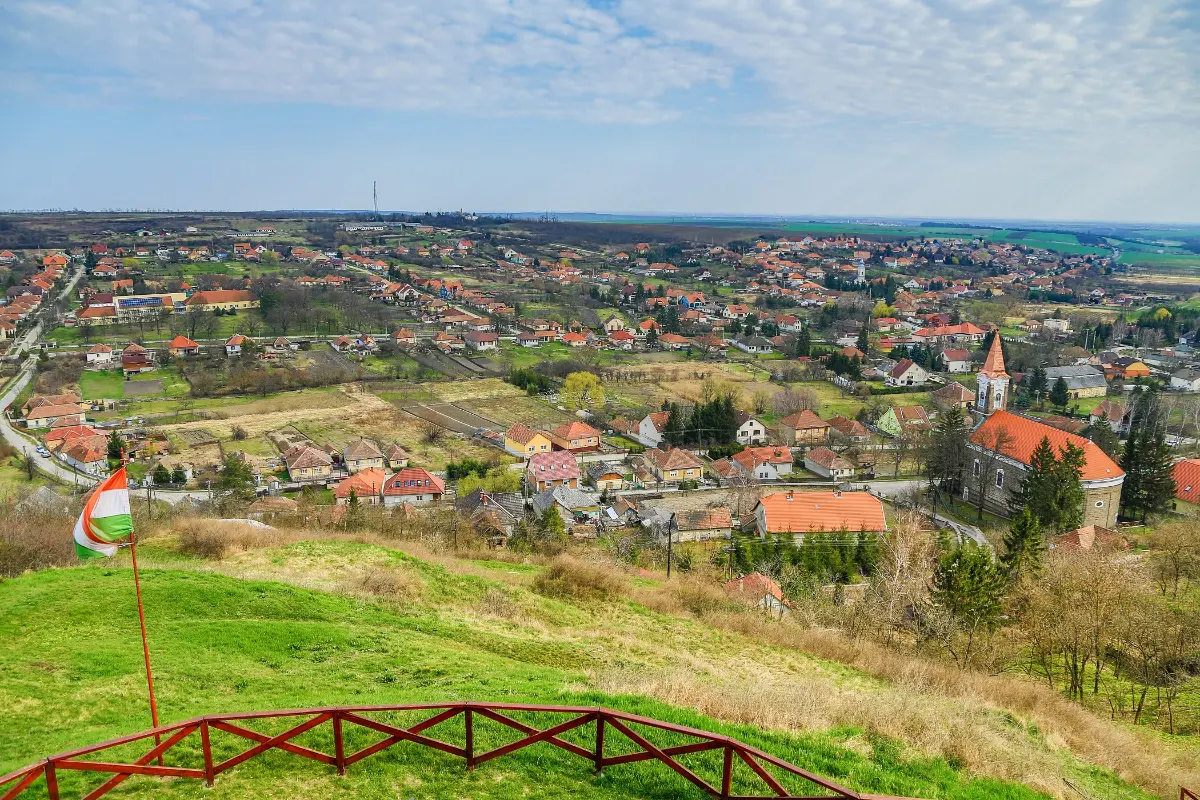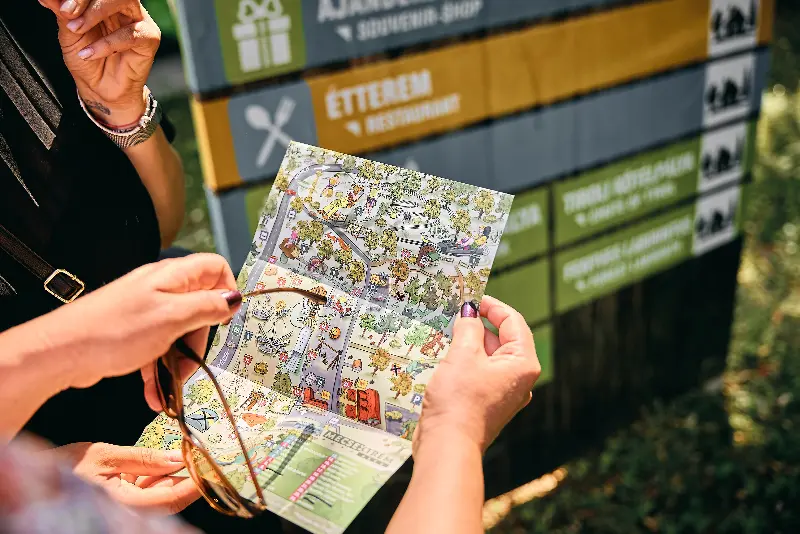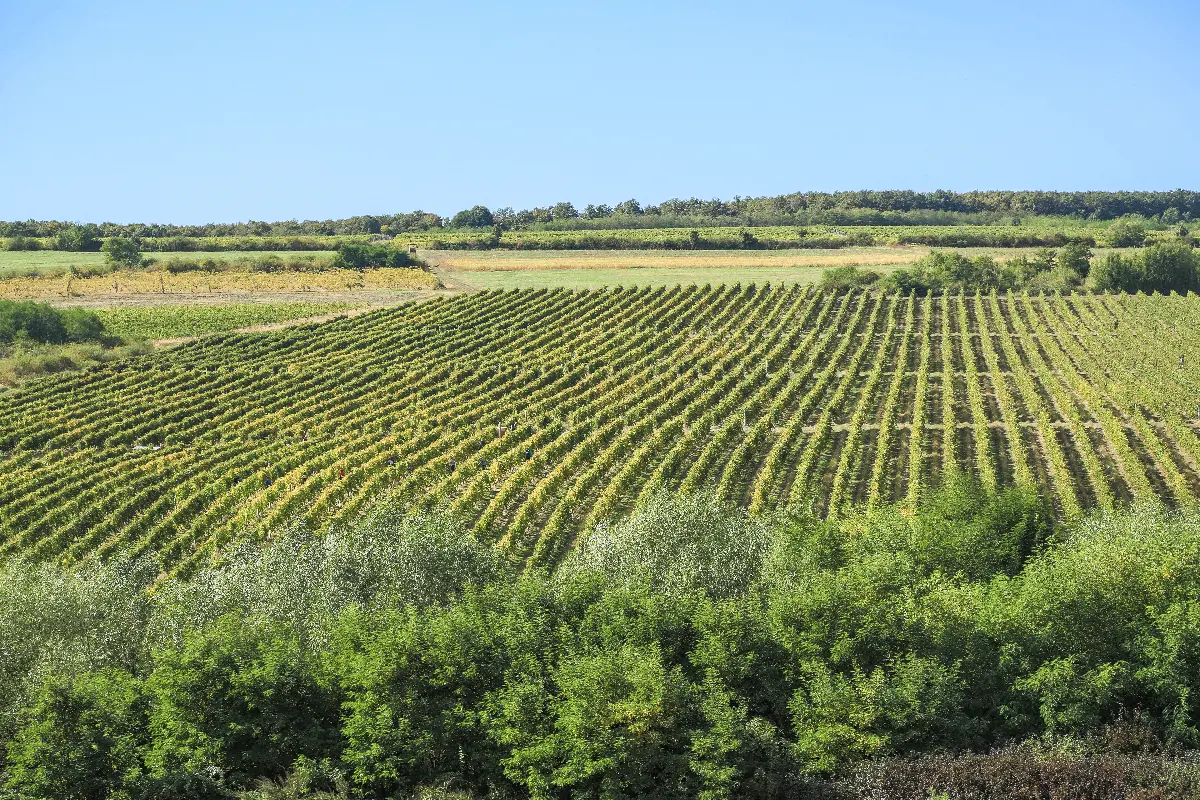
Helyszín címkék:
The forgotten wine region of Bükk
Ripka Gergely
The glorious past
In 1503, Vladislaus II of Hungary approved the earlier wine charter of the city of Miskolc. Later on, in the 18th century, at the well-known Avas Hill a huge underground cellar system was developed; a great amount of wine must have been fermented under its mouldy arches. The vineyards of Tokaj were one of the sources of the raw material that arrived here, and following the success of the export, the wines of Miskolc also became well known abroad. Few people know that in the 19th-20th centuries even Törley partly produced his deservedly famous champagnes from Tibolddaróc grapes. This wine region was also hit heavily by the phylloxeraepidemic and the majority of the vine stock was grubbed up and built in. There are only a few cellars in use at the Avasand Görömböly Hills, yet these could still be preserved for future generations.
Misfortune in the past and current recovery
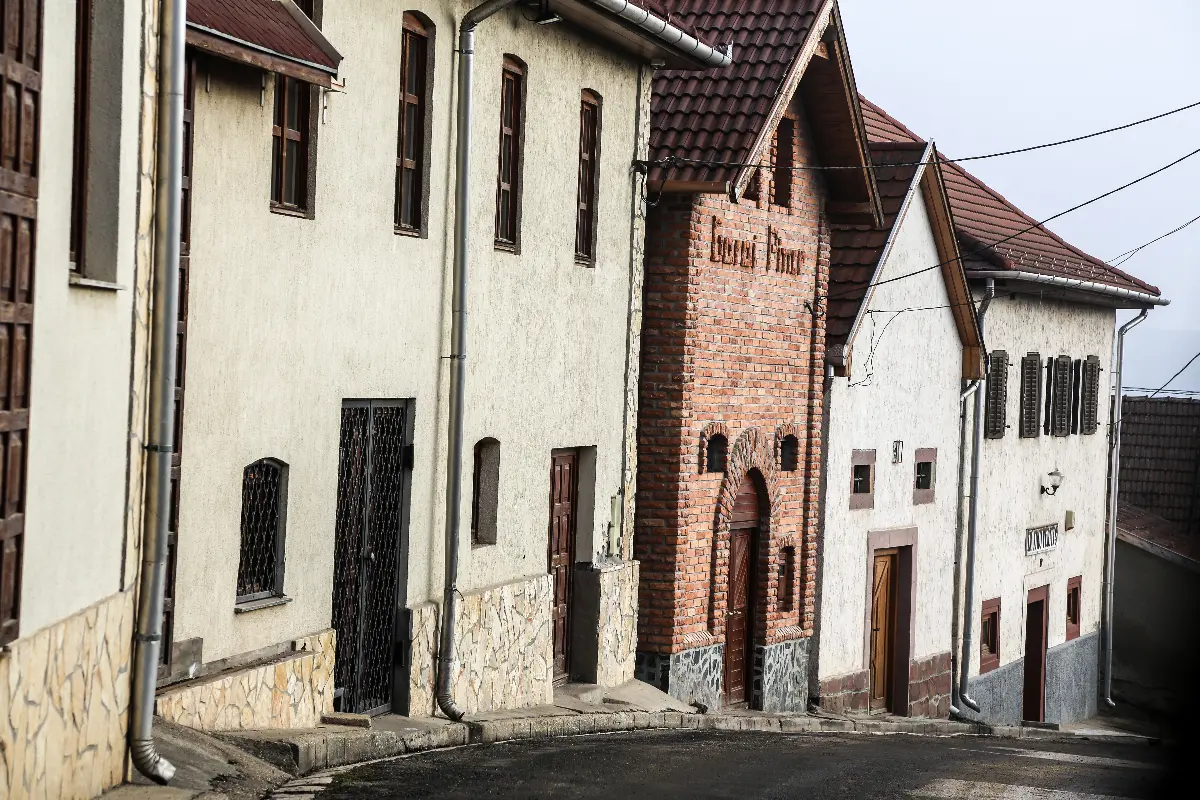
After the Second World War, mostly white varieties were planted in the area and blue grapes spread after 1980 (at a 7:3 rate to white). The wine region primarily produced grape raw materials, which was used in other wine regions. Unfortunately, following the change of regime, more and more settlements gave up viticulture, so the cultivation area of the wine region decreased. In 2018, the Association for Bükk Wine Region community was founded, a cooperation of a handful of new generation producers, sounding the alarm on Bükk viticulture. From 2019, the continued their value preservation work as an association by introducing stricter product specifications and establishing the basis for the first wine region wine brand, in which zenit and chardonnay varieties play a greater role. We recommend the cellar tours, cellar days, picnics, open cellars and the Borangolás events in Avas for all visitors. The following includes a list of the most important actors of today’s Bükk wine scene.
‘Gallay Kézműves Pince’ (Gallay Artisanal Wine Cellar)
The first in the Bükk community to introduced higher prices, it’s safe to say that they are the first family boutique winery of the wine region. The 11-hectar estate is located in the heart of the wine region, in Nyékládháza, on the best vineyards of Mályi and Miskolc, where their objective is to create premium quality wines with a sustainable approach. Roland Borbély is responsible for the quality of wines at the small winery, and for preserving the family traditions.
Zsolt Sándor
Vintner, wine expert and local patriot. He chose the Bükk wine region due to the latter. The health of the environment and nature is also of great importance for them, therefore most of their wines are made from own-produced, chemical-free, organic grapes. The main principle is the natural approach: they don’t use additives, there is no must grade elevation, or artificial de-acidification. The cellar is located in the heart of Miskolc, in the Kis-Avas part of historic Avas. This is an area where approximately a thousand cellars remind us how serious local farmers were about wine production in the past. Zsolt is an important driver of the Bükk vintner community and is a standard-bearer of local initiatives.
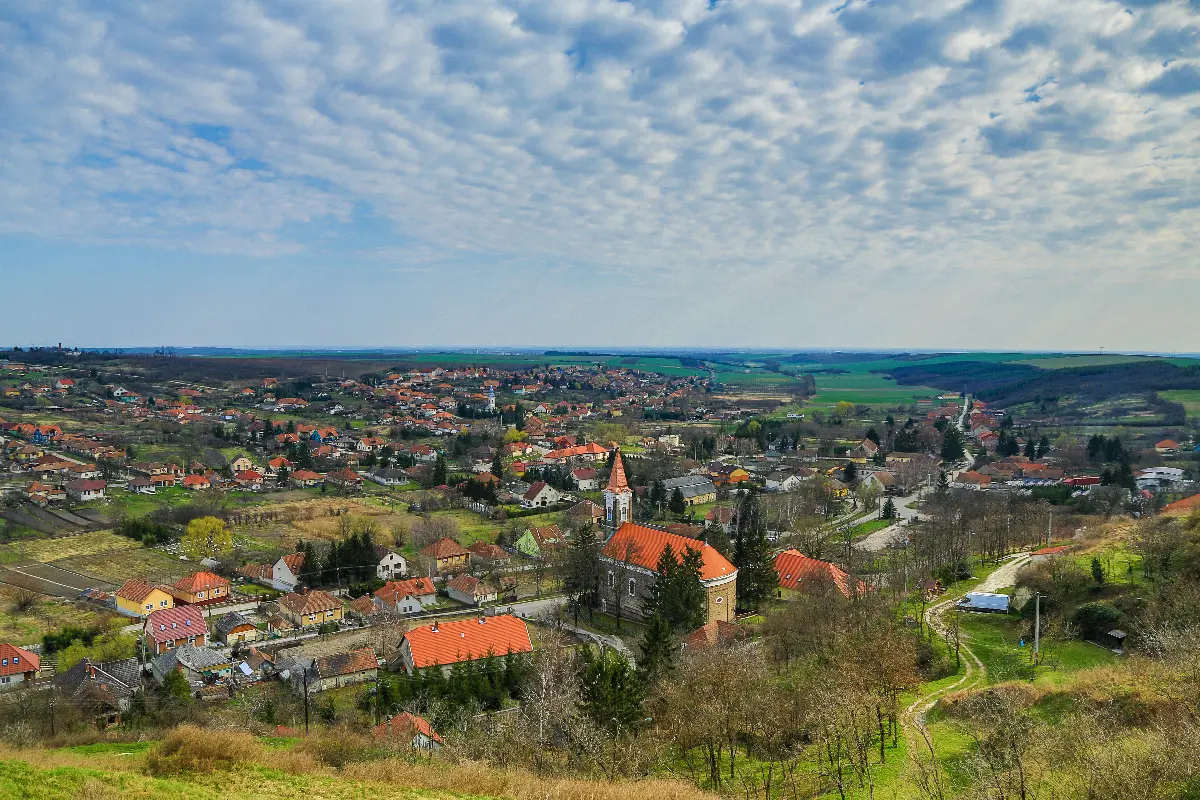
Roland Hajdu
The aim of the Bogács Estate is to present the cooperation of vineyards and grape varieties through wines in an original way. They pursue qualified organic farming in their 5.5-hectar cultivation area: “Our objective may not sound too complicated, but it is hard to accomplish: bottling decent Bükk wines produced with minimal intervention, presenting the terroir and variety. Small consignments, great care. Creativity and continuous presence. We don’t use herbicides, fertilisers or enzymes.”
Réka Koncz
Although “administratively” it is part of Bükk wine region, the winery of young Réka Koncz is located in a remote corner of the country. Tipet Hill (or Kaszony Hill), which is actually an isolated volcano with a soil similar to Hegyalja and Bükk (rhyolite, andesite, dacite and the tuffs of these) is located at the Ukrainian border of Szabolcs-Szatmár-Bereg County. Réka seeks to present this historic region authentically to wine lovers, doing this in a natural, organic way that is quite popular today: “We cultivate grapes on an area a little less than 3 hectares in size, with organic farming, certificated from the vintage year 2019. Most of the 40-60 year-old grapevines are Királyleányka (“Little Princess”), mixed with Rhine Riesling, Furmint and Hárslevelű varieties. We replaced the dead, previously overburdened grapevines with the 3 latter varieties. All of our wines are spontaneously fermented and we only use a small amount of sulphur (10-30 mg/l, depending on the needs of the wine), nothing else.”
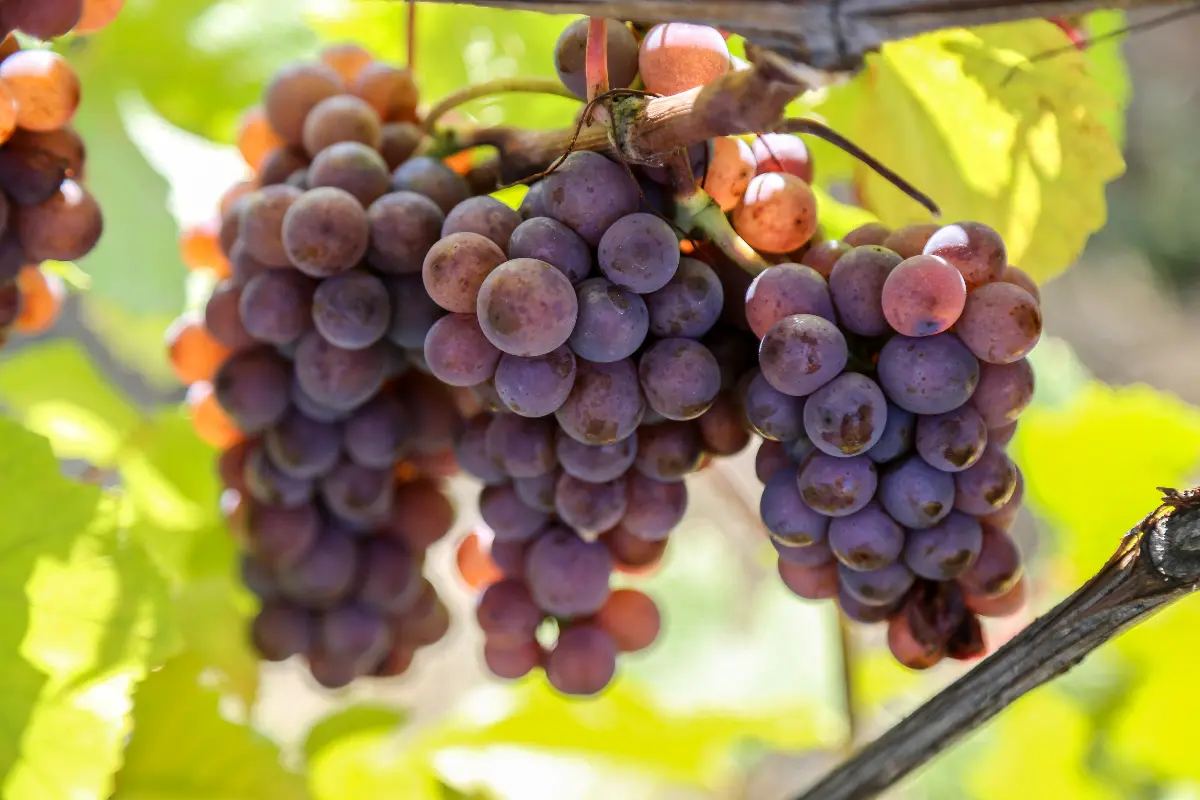
‘Mezei Pincészet’ (Mezei Winery)
Mihály Mezei is, amongst other things, engaged in winemaking in the Kunság wine region, but finally he launched a family winery in Tibolddaróc (which features the likes of a gorgeous lookout point, cellars and abandoned cave dwellings for visitors). The winery is specialised in making lighter champagnes with a tradition mostly due to Törley, yet additionally, they also produce simpler sparkling wines and still wines at a rational quality/price ratio, which can be even found on the shelves of hypermarkets.

